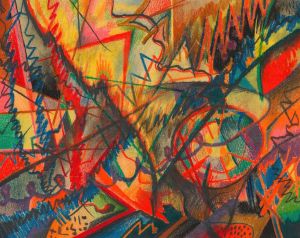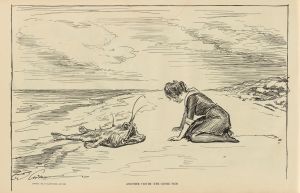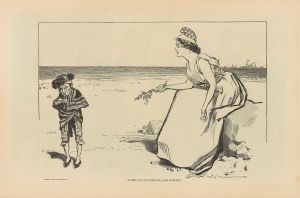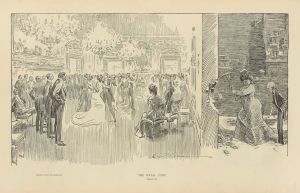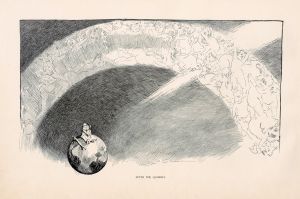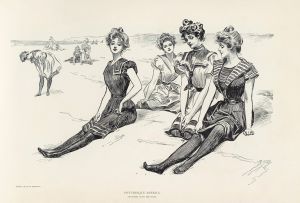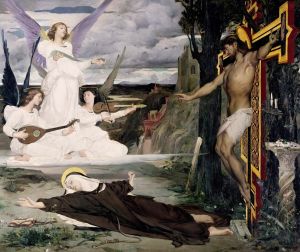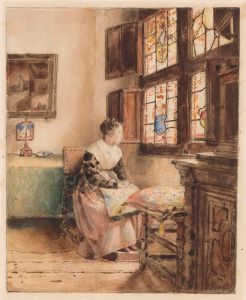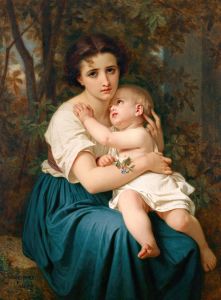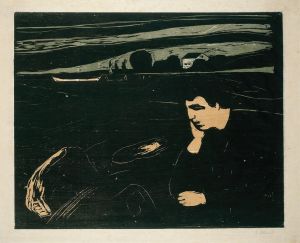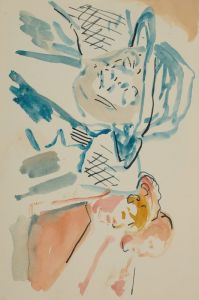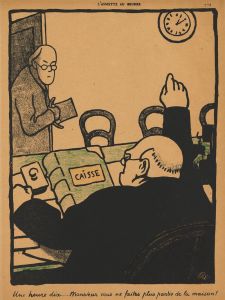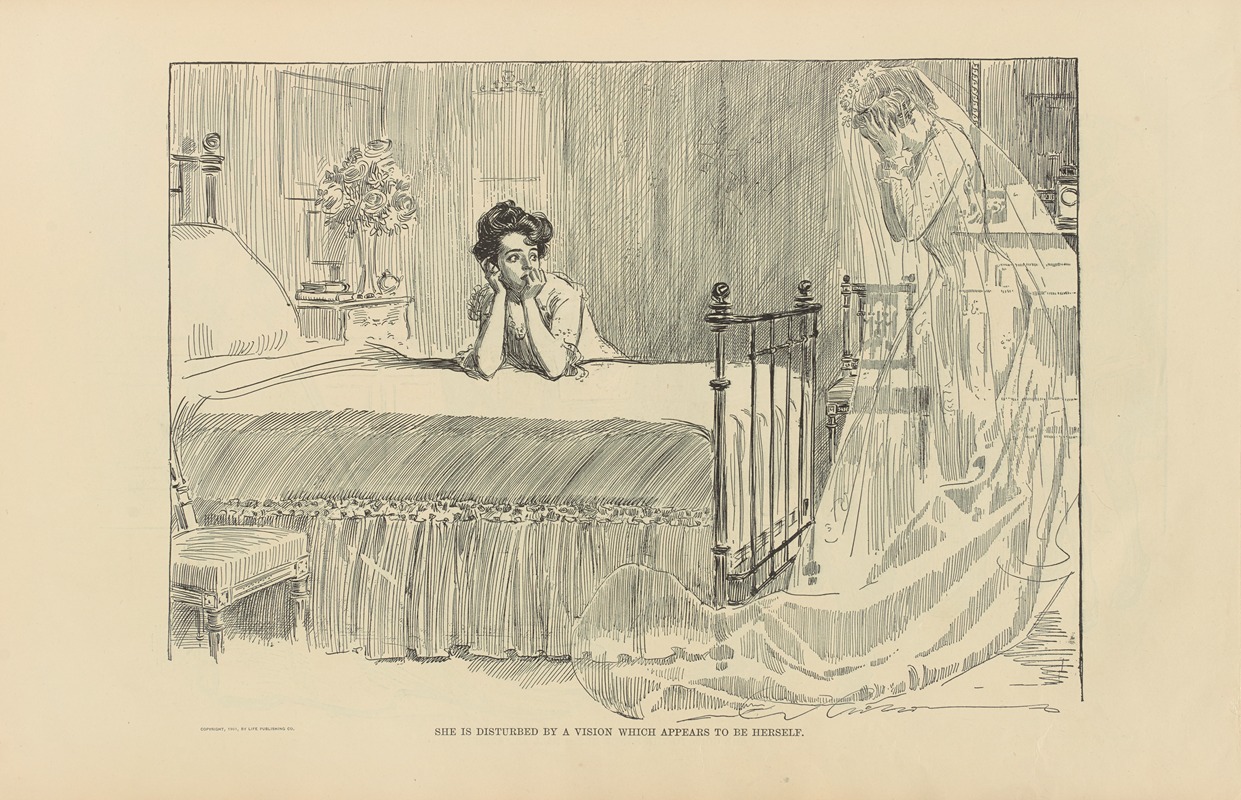
She is disturbed by a vision which appears to be herself
A hand-painted replica of Charles Dana Gibson’s masterpiece She is disturbed by a vision which appears to be herself, meticulously crafted by professional artists to capture the true essence of the original. Each piece is created with museum-quality canvas and rare mineral pigments, carefully painted by experienced artists with delicate brushstrokes and rich, layered colors to perfectly recreate the texture of the original artwork. Unlike machine-printed reproductions, this hand-painted version brings the painting to life, infused with the artist’s emotions and skill in every stroke. Whether for personal collection or home decoration, it instantly elevates the artistic atmosphere of any space.
Charles Dana Gibson was an influential American illustrator, best known for creating the iconic "Gibson Girl," a representation of the idealized American woman at the turn of the 20th century. His work was widely published in magazines such as Life, Scribner's, and Collier's Weekly, and he played a significant role in shaping the visual culture of his time. One of his lesser-known works is "She is Disturbed by a Vision Which Appears to be Herself."
Unfortunately, there is limited information available specifically about the illustration "She is Disturbed by a Vision Which Appears to be Herself." However, we can contextualize it within Gibson's broader body of work and the themes he often explored.
Gibson's illustrations frequently depicted women in various social settings, capturing the changing roles and perceptions of women during the late 19th and early 20th centuries. The "Gibson Girl" was characterized by her beauty, independence, and confidence, often portrayed in fashionable attire and engaging in leisure activities. This figure became a cultural icon, symbolizing the modern American woman and influencing fashion and societal expectations.
The title "She is Disturbed by a Vision Which Appears to be Herself" suggests a theme of self-reflection or introspection, which is somewhat atypical for Gibson, who usually focused on external representations of women. This piece might explore the inner life of a woman, perhaps confronting her own identity or societal expectations. The notion of a vision implies a dreamlike or surreal quality, which could indicate a departure from Gibson's usual style, known for its realism and attention to detail.
Gibson's technique involved using pen and ink to create detailed and expressive line drawings. His mastery of this medium allowed him to convey subtle emotions and intricate details, which likely would have been employed in this illustration to capture the complexity of the subject's experience.
While specific details about the creation, publication, or reception of "She is Disturbed by a Vision Which Appears to be Herself" are not readily available, it can be appreciated as part of Gibson's exploration of the female experience. His work often reflected the societal changes of his time, including the evolving roles of women, and this piece might offer insight into the psychological aspects of these changes.
In summary, while detailed information about "She is Disturbed by a Vision Which Appears to be Herself" is scarce, it can be understood within the context of Charles Dana Gibson's broader oeuvre. His illustrations captured the spirit of an era and the complexities of the human experience, particularly through the lens of the "Gibson Girl." This particular work may offer a unique perspective on self-perception and identity, themes that resonate with the broader cultural shifts of the early 20th century.





